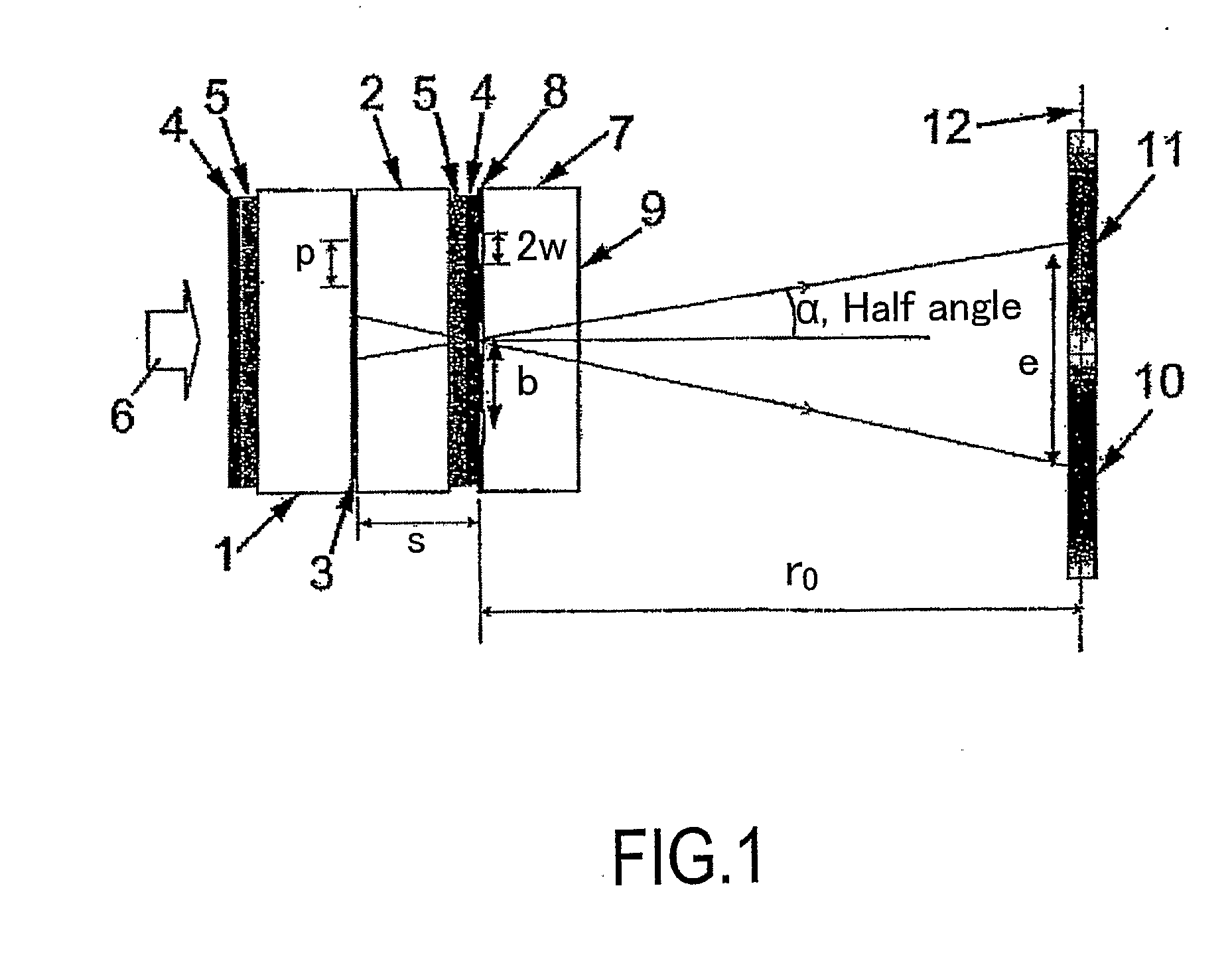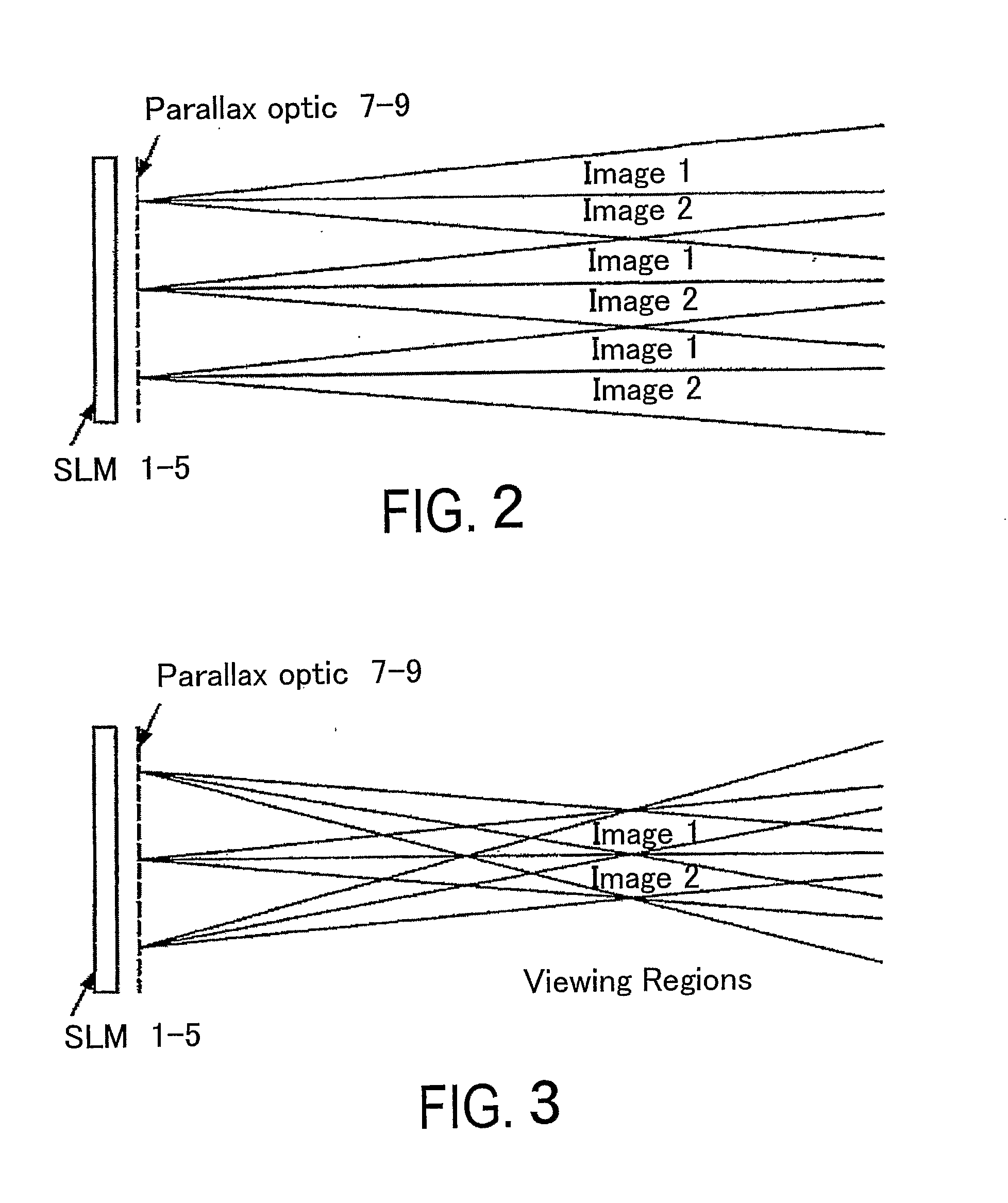Multiple View Display
a multi-view display and display technology, applied in the field of multi-view display, can solve the problems of poor image quality of lenticular screens, poor anti-reflection performance, and scattering of practicable lenses, and achieve the effects of reducing manufacturing problems, facilitating display, and increasing thickness
- Summary
- Abstract
- Description
- Claims
- Application Information
AI Technical Summary
Benefits of technology
Problems solved by technology
Method used
Image
Examples
Embodiment Construction
[0084] Like reference numerals refer to like parts throughout the drawings.
[0085] The multiple view displays described hereinafter are all of the two or dual view type but displays providing more than two views may also be provided. The displays may be used for any suitable application such as autostereoscopic 3D image display and display to more than one viewer of images which may be independent and unrelated to each other. All of the displays are colour displays made up of red, green and blue pixels with triplets of RGB pixels forming a composite colour or “white” group. However, other arrangements are possible, such as composite groups comprising RGGB pixels or RGYB pixels, where Y pixels are white. The displays comprise flat panel liquid crystal devices as the spatial light modulators and parallax barriers as the parallax optics. However, other types of spatial light modulators (including light-emitting types) and other types of parallax optics may be used.
[0086] The P2 displa...
PUM
 Login to View More
Login to View More Abstract
Description
Claims
Application Information
 Login to View More
Login to View More - R&D
- Intellectual Property
- Life Sciences
- Materials
- Tech Scout
- Unparalleled Data Quality
- Higher Quality Content
- 60% Fewer Hallucinations
Browse by: Latest US Patents, China's latest patents, Technical Efficacy Thesaurus, Application Domain, Technology Topic, Popular Technical Reports.
© 2025 PatSnap. All rights reserved.Legal|Privacy policy|Modern Slavery Act Transparency Statement|Sitemap|About US| Contact US: help@patsnap.com



